A major reason that many homeowners decide to go tiny is energy efficiency. Tiny homes have captured the attention of travel enthusiasts, modern minimalists, and off-the-grid adventures alike for their eco-friendly concept and reduced carbon footprint.
Tiny homes measure on average around 186 square feet, and their small size lends itself to a reduction in energy consumption. Compared to the average American single-family home, tiny homes use fewer construction materials such as lumber and steel. Additionally, the smaller space requires fewer lights, smaller appliances, and less energy for heating and cooling. All around, these gems are built to be the ultimate energy supersavers.
For homeowners who want to maximize their energy savings or go completely off the grid with a net-zero tiny home, here are a few tips and tricks to get started.
Solar Panels

Energy-savvy homeowners may opt to install their own solar panel system to generate power for a tiny house. For folks who plan to be entirely off-grid, solar batteries are a necessity for storing extra energy to use as needed.
ICF Construction
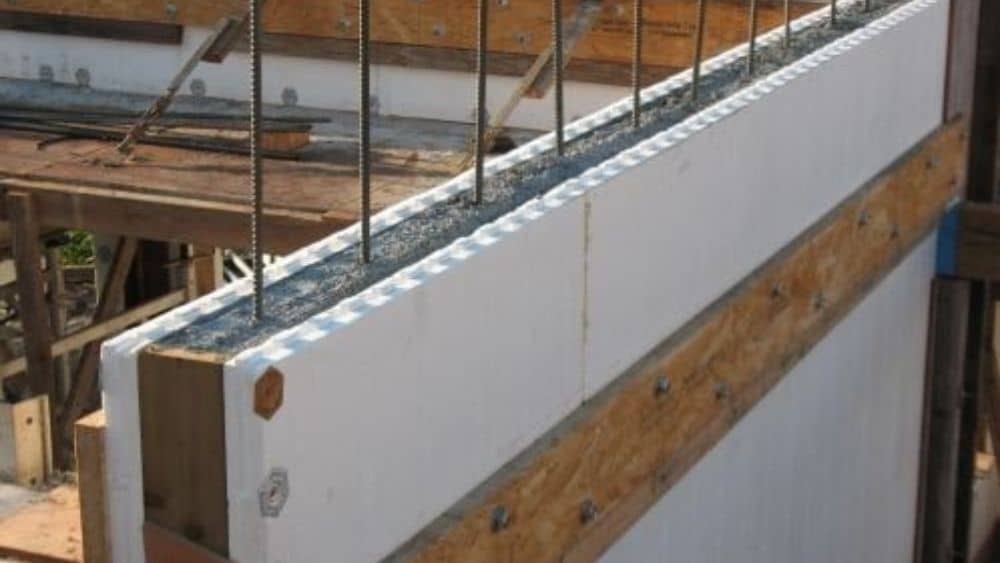
Insulated concrete form (ICF) construction is ideal for optimal temperature regulation, which is a big part of maintaining energy efficiency. ICFs are construction blocks that are foam-insulated and fit together neatly to trap the air effectively inside the house and block cold breezes from entering through cracks.
Insulation

A tiny home with adequate insulation will decrease the energy required to heat and cool the structure. By allowing less air to flow through the home, insulation protects the interior space from loss of heat or cold air escaping, thus regulating temperature more easily within the home.
Lofted Bed
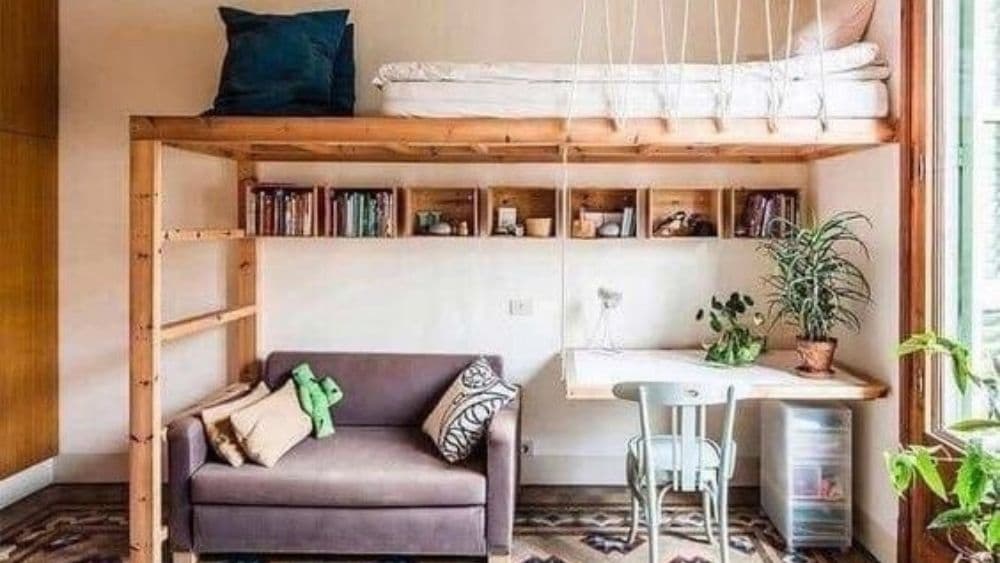
Keeping the bed off the ground can be ideal not only for organization purposes and furniture arrangement but also for air circulation. As heat rises, the bed is kept warm without turning up the thermostat.
Composting Toilet
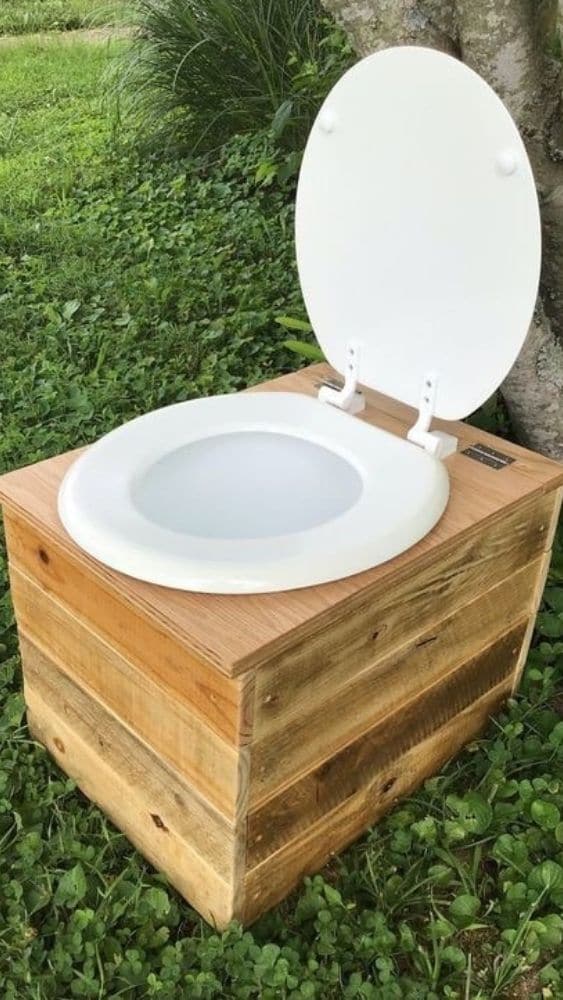
A basic composting toilet is simple to set up and easy to use. It employs organic materials and aerobic bacteria to break down the waste, which is then stored in a simple, easy-to-remove package. The compost can be disposed of in the trash per local regulations or used in a garden if the homeowner chooses.
Rainwater Catchment System
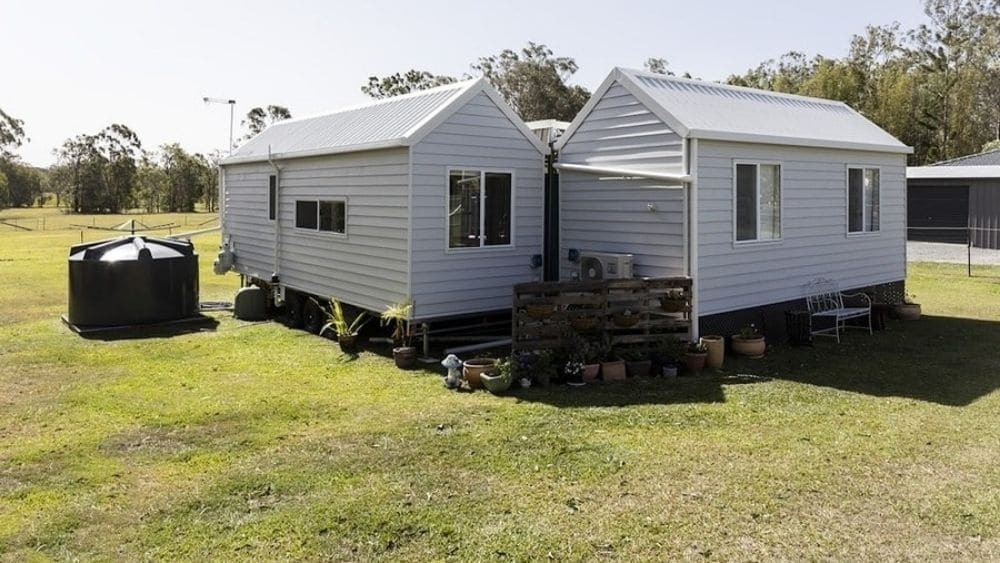
Harvesting rainwater for practical purposes such as flushing toilets, washing clothes, showering and irrigation is an excellent way to boost energy efficiency. Water may also be purified for drinking. Homeowners should check all local laws and regulations regarding rainwater collection to ensure these systems are permitted.
Portable Washing Machine
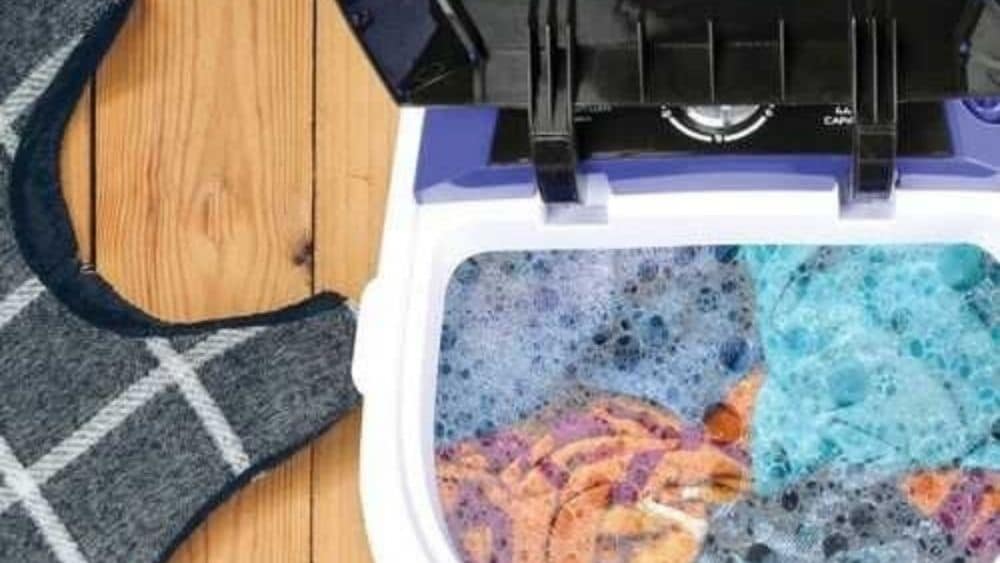
Some tiny homes simply do not have the space for certain appliances such as a washing machine. In this case, homeowners might consider a portable or manual washing machine. Some of these handy machines may be electric while others are hand-powered and operate similar to a salad spinner. The most energy-efficient way to dry clean clothes is on a string clothesline.
Countertop Dishwasher
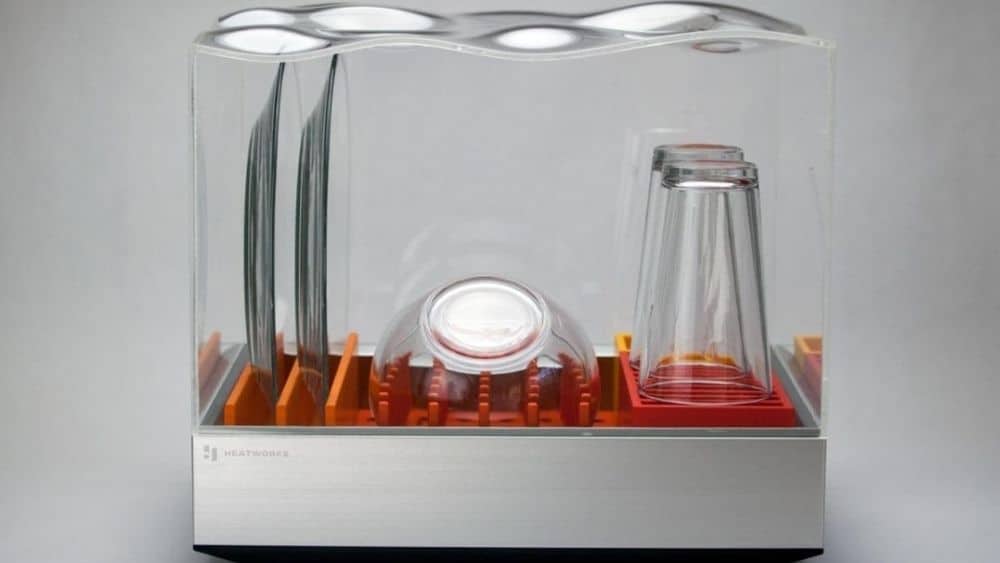
Individuals who want to cut down on excess water waste and spend less time washing utensils may want to look into the option of a countertop dishwasher. These machines work quickly to wash and sanitize a load and offer enough interior space to be used only once or twice a week as needed.
Maximize Opportunities

In addition to the above points, homeowners can take an energy-efficient approach by choosing products that consume less energy. Everything that goes into the home can be selected for energy reduction purposes, including light bulbs, window panes, heaters, and appliances. Switching to energy-efficient models can save homeowners immensely in the long run and reduce their home’s footprint.
With just a few modifications, it’s easy to take the next step toward a net-zero home that is both stylish and comfortable. Going tiny is a big decision, but one that can lead to a huge reduction in energy costs and the great feeling that comes with an eco-friendly lifestyle.
